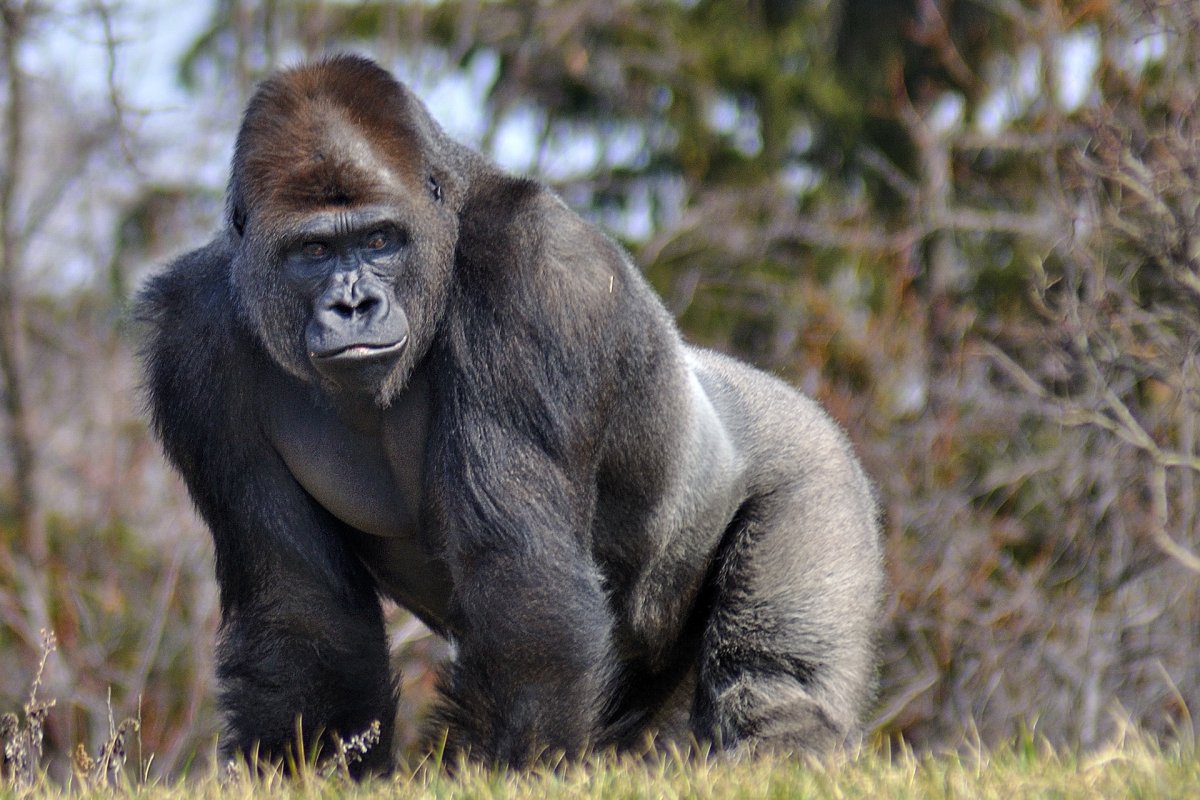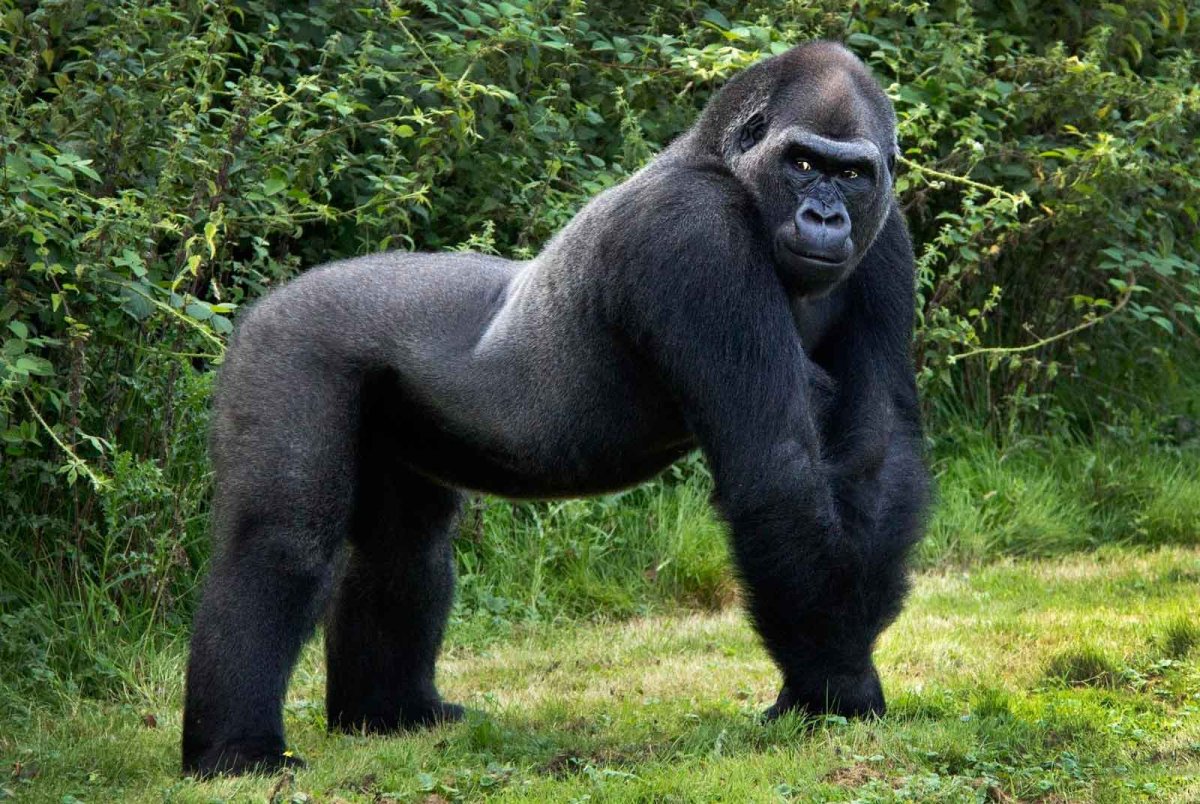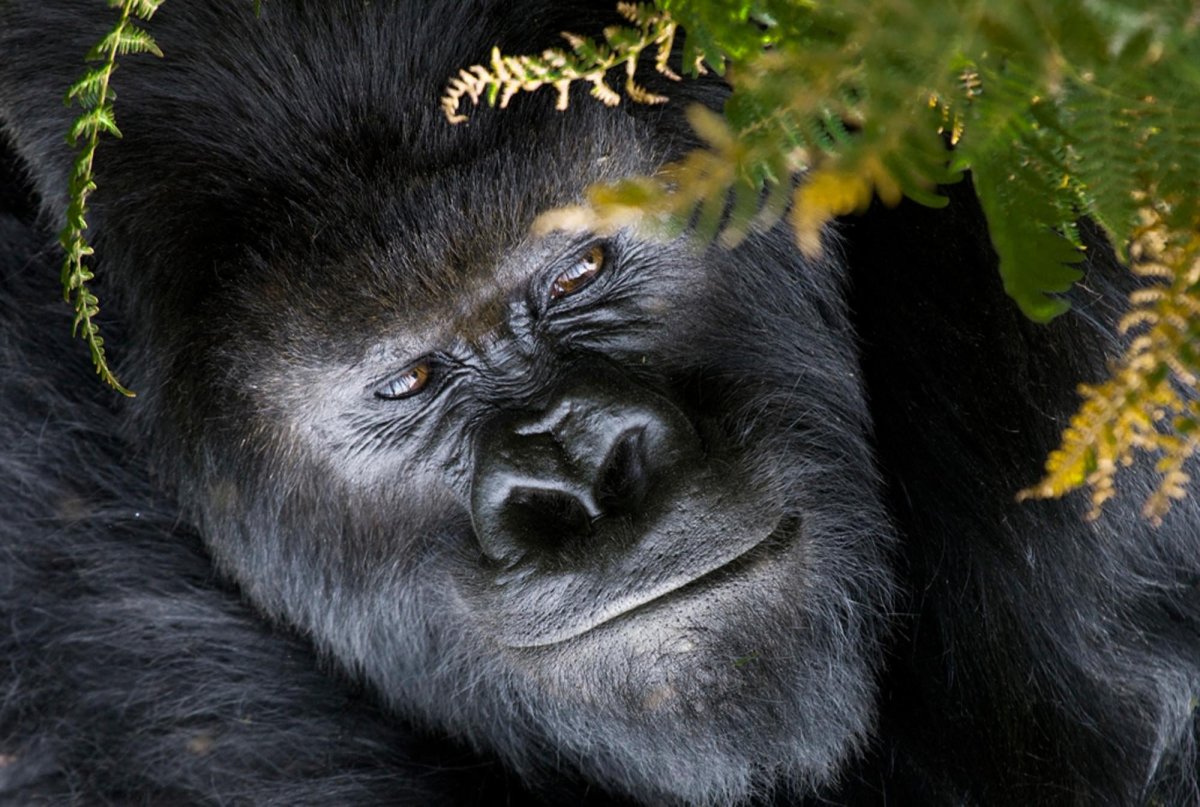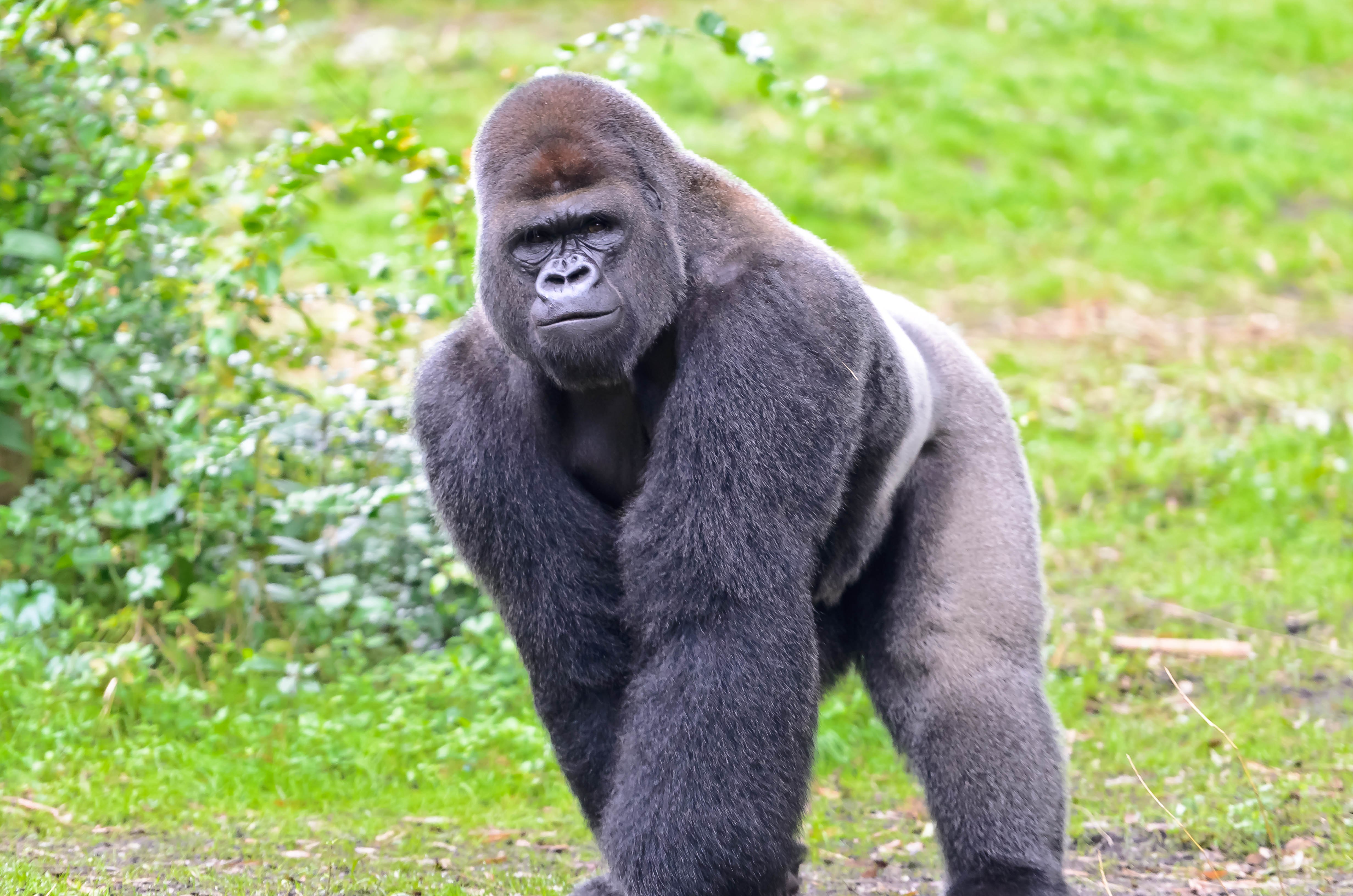Introduction
Introduction
Gorillas, the largest of the great apes, have long captivated the imagination of humans. From their immense size to their complex social structures, gorillas have been subjects of fascination and study for centuries. In this comprehensive exploration, we delve into the world of gorillas, examining their biology, behavior, habitat, conservation status, and the challenges they face in the modern world.
1. Taxonomy and Classification
- Overview of the taxonomy of gorillas
- Different species and subspecies of gorillas
- Evolutionary history of gorillas
2. Physical Characteristics
- Size, weight, and body structure of gorillas
- Unique features such as their large size and pronounced sexual dimorphism
- Adaptations to their forest habitat

3. Behavior and Social Structure
- Social organization within gorilla groups
- Communication methods, including vocalizations and body language
- Reproductive behavior and mating rituals
- Hierarchical structure within groups
4. Habitat and Distribution
- Overview of the regions where gorillas are found
- Types of habitats preferred by different gorilla species
- Threats to their habitat, including deforestation and habitat fragmentation

5. Diet and Feeding Habits
- Gorillas as primarily herbivorous animals
- Variability in diet based on species and location
- Foraging behavior and feeding strategies
6. Reproduction and Life Cycle
- Gestation period and birth of offspring
- Parental care and nurturing of young gorillas
- Developmental stages from infancy to adulthood
7. Conservation Status
- Threats to gorilla populations, including habitat loss, poaching, and disease
- Conservation efforts and initiatives aimed at protecting gorillas
- Success stories and challenges in gorilla conservation

8. Human-Gorilla Interaction
- Historical and cultural significance of gorillas
- Ecotourism and its impact on gorilla conservation
- Conflicts between humans and gorillas, such as crop raiding
9. Research and Field Studies
- Methods used in gorilla research, including observation and tracking
- Contributions of field studies to our understanding of gorilla behavior and ecology
- Ongoing research topics and areas for future study
10. Conclusion
- Recap of key points discussed in the article
- Importance of gorillas in ecosystem health and biodiversity
- Call to action for continued conservation efforts to protect these magnificent creatures

References
- Citations for sources used in the article
- Books, research papers, and reputable websites on gorillas
This comprehensive exploration of gorillas aims to provide readers with a deep understanding of these incredible animals, their significance in the natural world, and the importance of conservation efforts to ensure their survival for future generations. Through research, education, and advocacy, we can work together to protect gorillas and their habitats from the numerous threats they face.
Kaynakça
- ^ Maisels, F.; Bergl, R. A.; Williamson, E. A. (2016). "Gorilla gorilla (amended version of 2016 assessment)". IUCN Tehdit Altındaki Türlerin Kırmızı Listesi. 2018: e.T9404A136250858.
- ^ Goidts, Violaine; Armengol, Lluis; Schempp, Werner; Conroy, Jeffrey; Nowak, Norma; Müller, Stefan; Cooper, David N.; Estivill, Xavier; Enard, Wolfgang; Szamalek, Justyna M.; Hameister, Horst (1 Mart 2006). "Identification of large-scale human-specific copy number differences by inter-species array comparative genomic hybridization". Human Genetics (İngilizce). 119 (1): 185-198. doi:10.1007/s00439-005-0130-9. ISSN 1432-1203.
- ^ "Genetics". The Smithsonian Institution's Human Origins Program (İngilizce). 15 Mart 2010 tarihinde kaynağından arşivlendi. Erişim tarihi: 31 Temmuz 2021.
- ^ "Greater Than 98% Chimp/Human DNA Similarity? Not Any More". Answers in Genesis (İngilizce). 23 Ağustos 2017 tarihinde kaynağından arşivlendi. Erişim tarihi: 31 Temmuz 2021.
- ^ "Western gorilla | primate". Encyclopedia Britannica (İngilizce). 21 Eylül 2016 tarihinde kaynağından arşivlendi. Erişim tarihi: 31 Temmuz 2021.
- ^ Glazko, Galina V.; Nei, Masatoshi (1 Mart 2003). "Estimation of Divergence Times for Major Lineages of Primate Species". Molecular Biology and Evolution. 20 (3): 424-434. doi:10.1093/molbev/msg050. ISSN 0737-4038.






































































